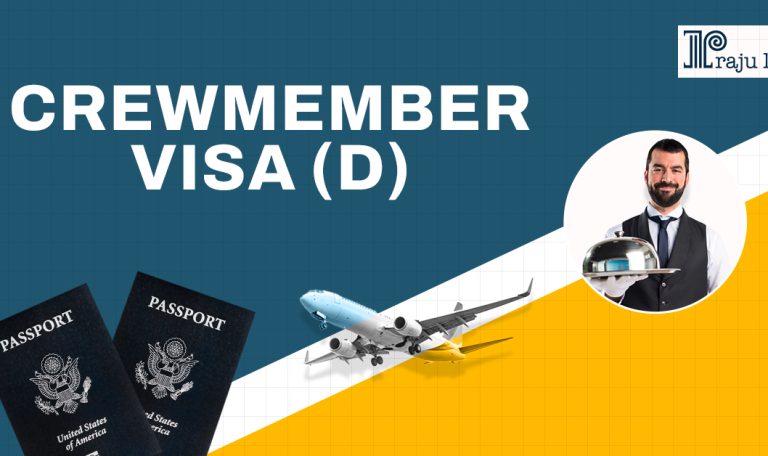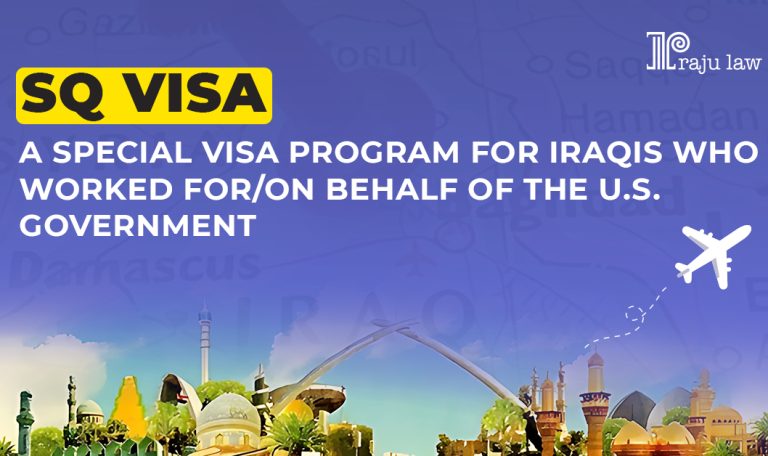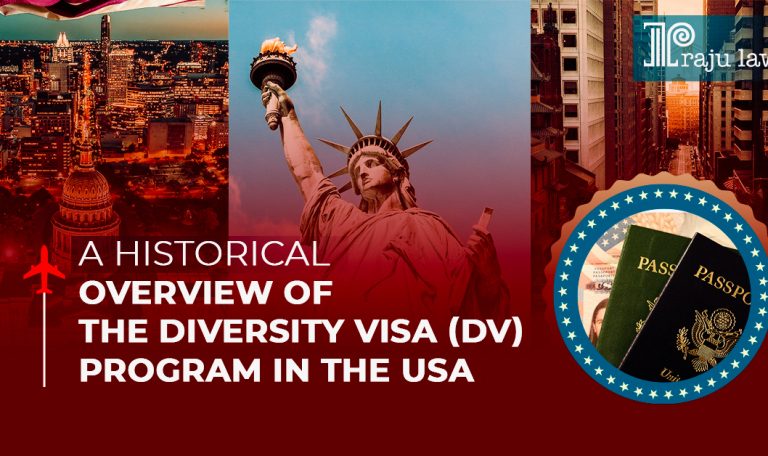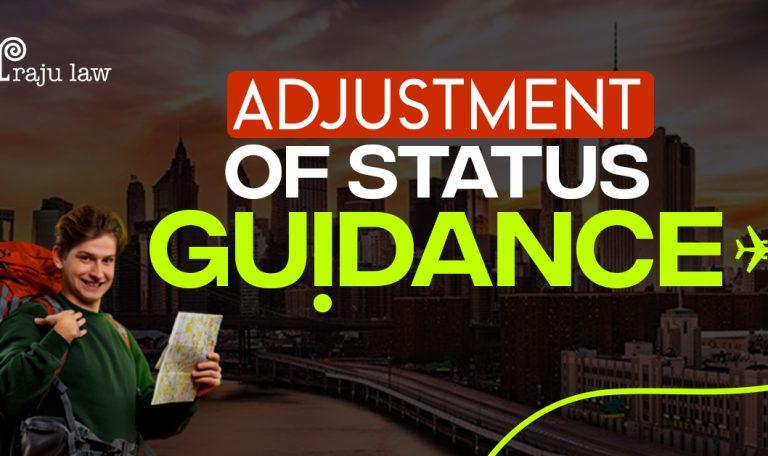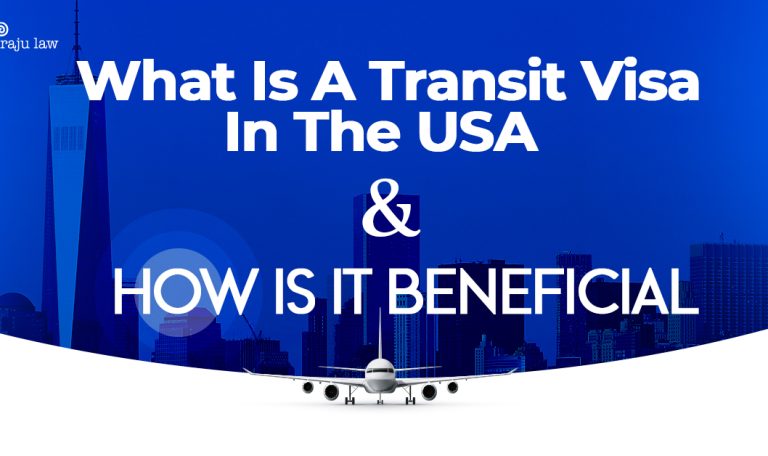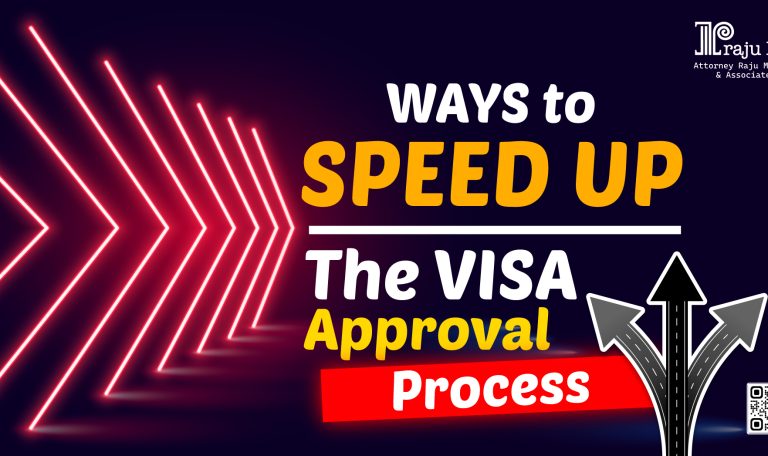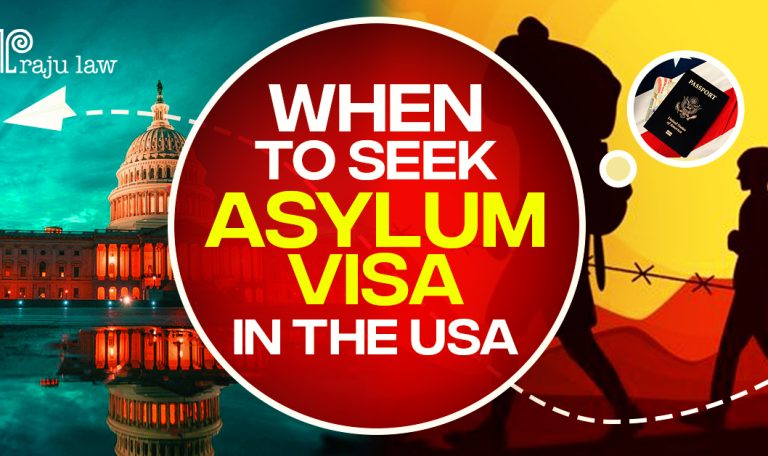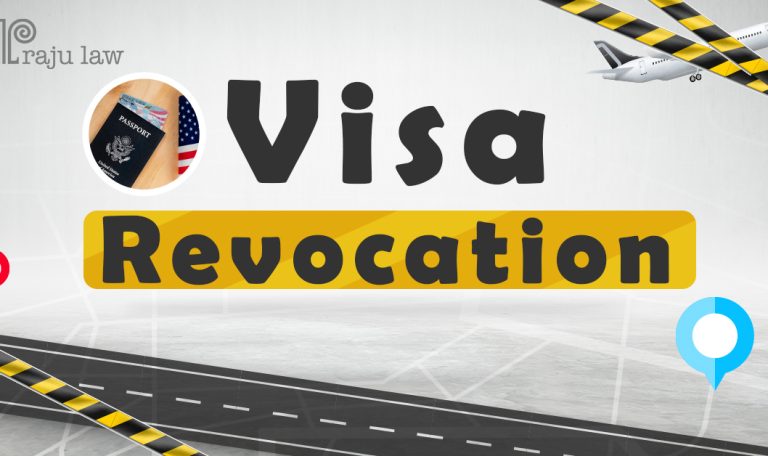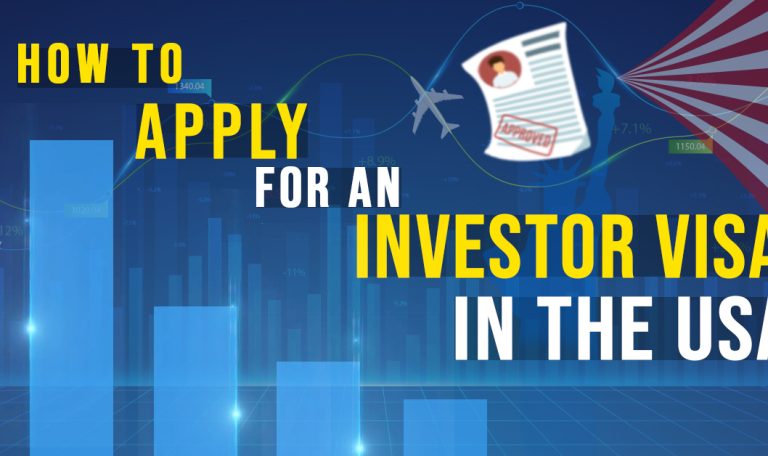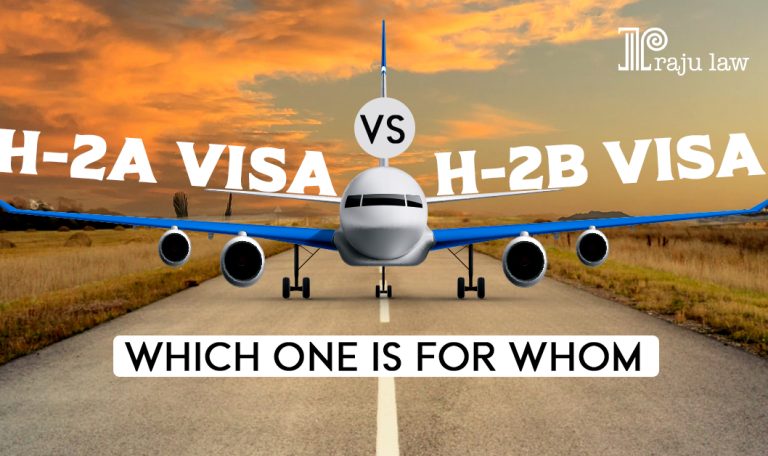
H-2A Visa vs H-2B Visa: Matching the Right Visa to the Right Worker
H-2A visas are for nonimmigrants who want to work in the agricultural sector in the United States for a limited time. The H-2B nonimmigrant visa program allows U.S. employers to temporarily hire nonimmigrants for nonagricultural jobs in the U.S. Both of these visas are designed to create employment opportunities in the U.S.A, but they have some key differences in job scope. H-2A Visa: Purpose: Intended for temporary agricultural workers needed for seasonal or temporary agricultural work. Occupations: Primarily used in the agricultural sector, including planting, cultivating, harvesting, and related activities. Employer Sponsorship: Employers must demonstrate a temporary need for additional workers and obtain a temporary labor certification from the U.S. Department of Labor (DOL). Annual Cap: There is no statutory cap on the number of H-2A visas issued. Duration: Initially granted for the period specified in the approved labor certification, typically for the duration of the agricultural season. Housing and Transportation: Employers are required to provide suitable housing for H-2A workers and transportation to and from the worksite. Path to Permanent Residency: The H-2A visa does not provide a direct path to permanent residency, and workers are expected to return to their home countries after the authorized period of employment. H-2B Visa: Purpose: Intended for temporary non-agricultural workers needed for seasonal, peak-load, intermittent, or one-time occurrences. Occupations: Commonly used in industries such as hospitality, landscaping, construction, and forestry. Employer Sponsorship: Employers must demonstrate a temporary need for additional workers and adhere to specific regulations. Annual Cap: There is a statutory cap on the total number of H-2B visas issued annually, divided into two halves for the first and second halves of the fiscal year. Duration: Initially granted for the period specified in the approved labor certification, generally up to 10 months. Path to Permanent Residency: The H-2B visa does not provide a direct path to permanent residency, and workers are expected to return to their home countries after the authorized period of employment. In summary, while both visas are for temporary workers, the H-2A visa is specific to agricultural work, while the H-2B visa covers a broader range of non-agricultural industries. The eligibility criteria, application process, and conditions for each visa type vary to suit the distinct needs of the sectors they serve.

